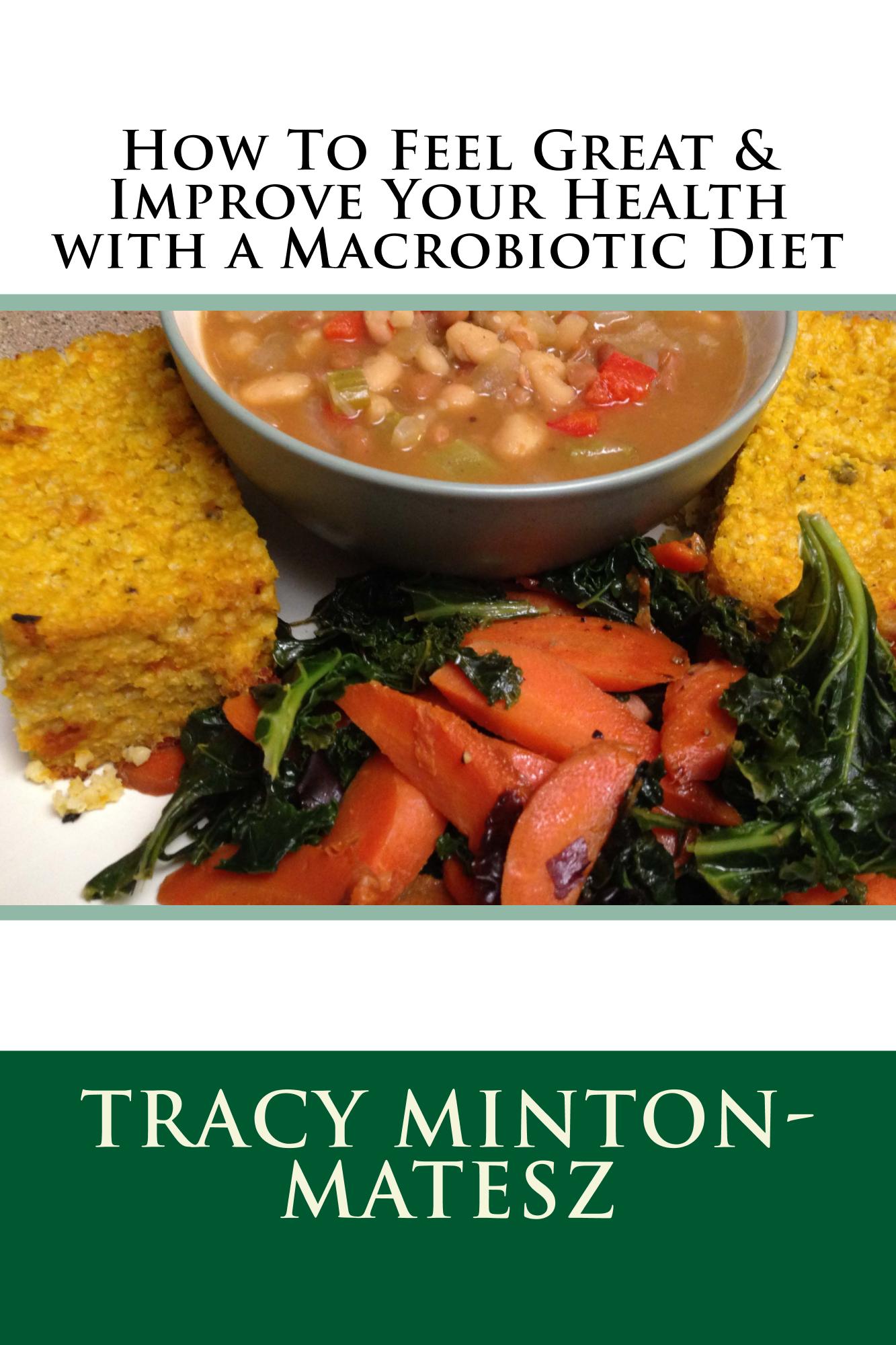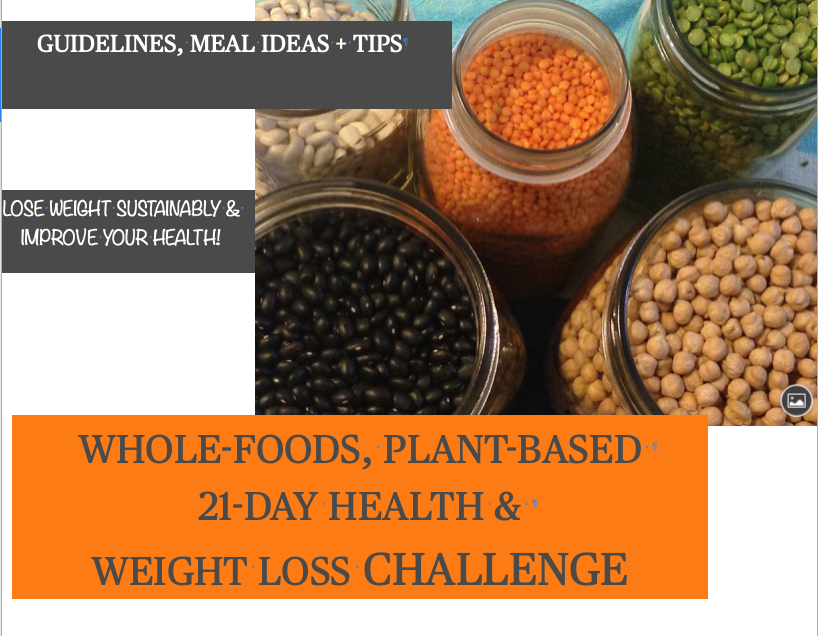Plant-Based Meal Prep
Plant-based meal prep is an essential part of eating a healthy, whole foods, plant-based vegan or macrobiotic diet. One of the main stumbling blocks preventing more people from consuming a more plant-centered diet is the amount of time it can take to prepare plant-based meals ~ especially when cooking whole grains, beans and greens ~ from scratch.
Taking a little extra time during the weekend, or whenever it’s most convenient to meal prep (or batch cook) helps meals come together much more effortlessly during the week.
In this article, I discuss:
- Several benefits to plant-based meal prepping
- My top recommended simple and basic kitchen appliances for improved prepping efficiency
- What to prep + meal prepping tip
More plant-based / macrobiotic plant-based meal prep:
- Best Brown Rice ~ how to cook, store and reheat brown rice, best types of brown rice for each season, and using leftover brown rice in porridge, sushi & brown rice balls
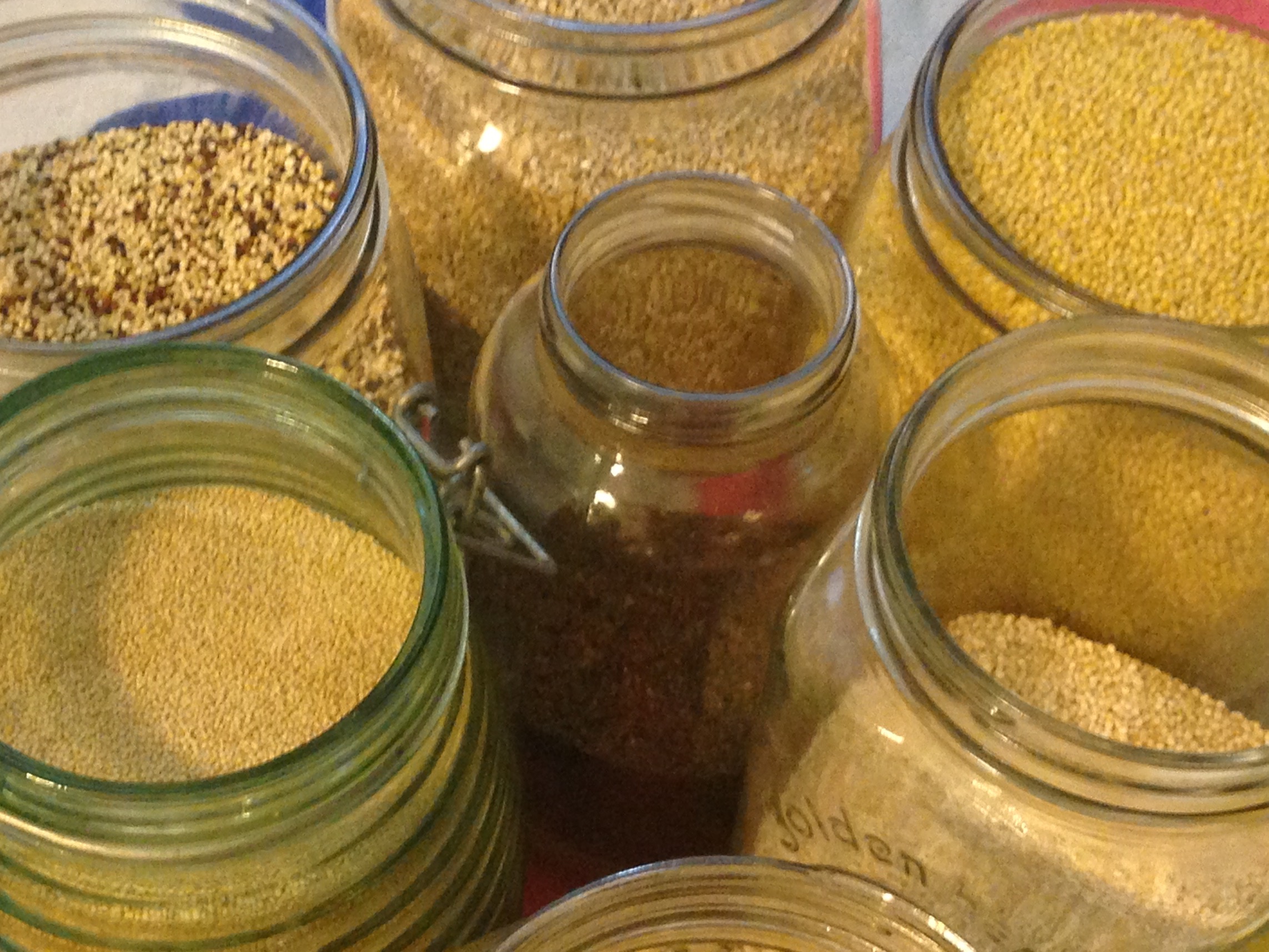 |
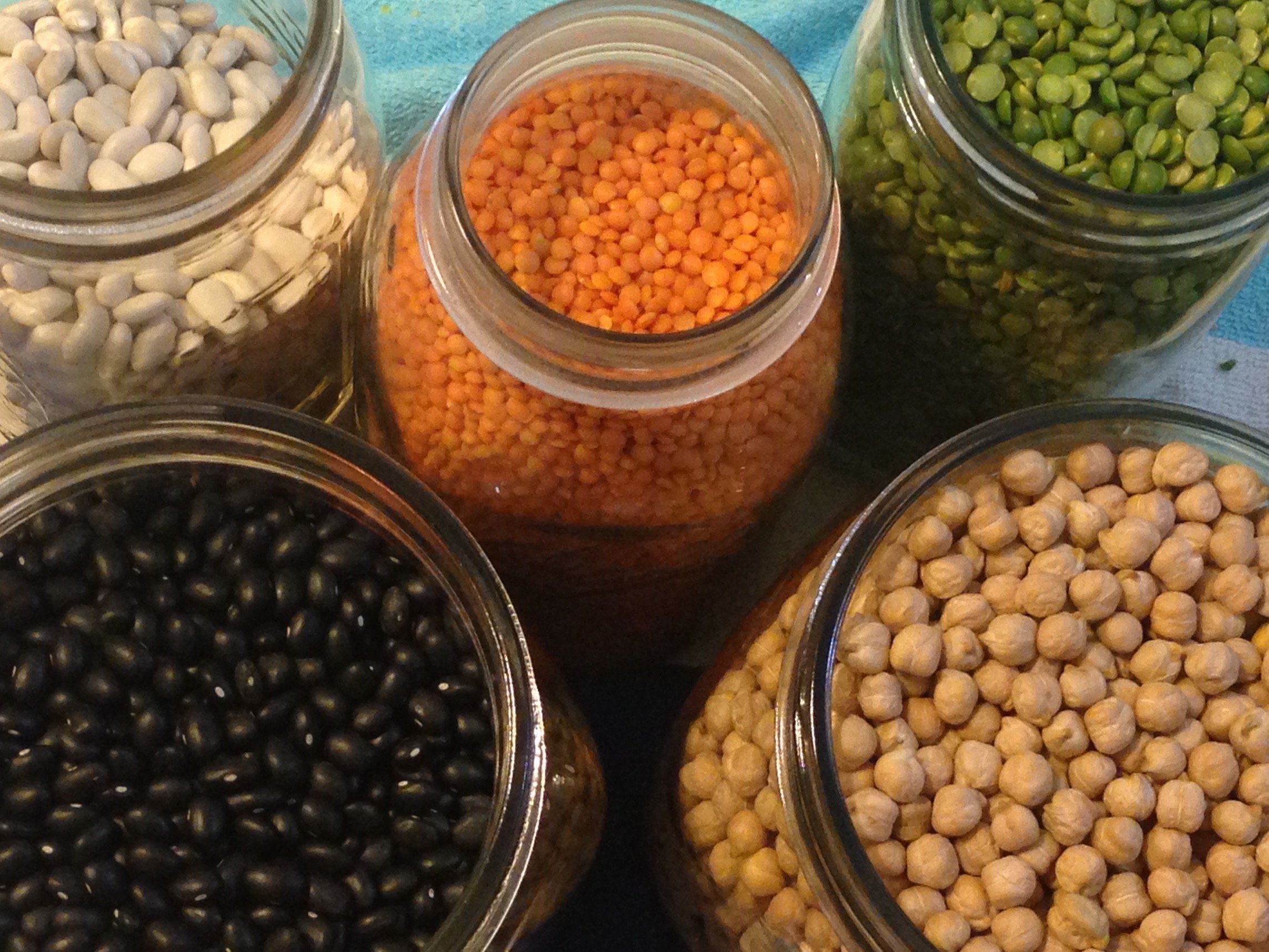 |
Benefits of Plant-Based Meal Prep
Since whole grains, beans, potatoes and sweet potatoes take time to cook, you are way more likely to include them in meals once prepared. Greens and vegetables also take time to prep. Setting aside time once, or possibly twice per week to do some plant-based meal prep ensures your success in sustaining a healthy, plant-based or macrobiotic diet.
Aside from the satisfaction of having food prepped when you don't have time, or lack the desire to take much time getting a meal together, plant-based meal prep affords you many benefits. Here are a few to help inspire creating a regular meal prep routine:
- Better weight management and appetite control when you have staple foods already prepared
- Maintain blood sugar balance ~ and more easily reach your ideal body weight ~ when higher fiber foods ~ especially whole grains, and peas, beans and legumes ~ are easy to quickly turn into a delicious, hearty meal
- Minimize snacking on less healthy foods ~ if you wait until your blood sugar has dropped to start preparing a meal, you waited too long
- More efficient when preparing actual meals
- Minimize waste from food spoilage
- Consolidate use of energy consumptive appliances, like the oven, stove top and steamer pot by prepping several food items at once
- More likely to eat at home =>>> better control of your health and your budget!
- Dried beans and whole grains are more budget friendly then canned or frozen
- Dried beans are way more tender and digestible when properly prepared compared to most canned
- You can store already prepped QB Greens & Veggies in a pyrex or other BPA-free container, then add a handful to soups, pasta, or salads ~ and enjoy a handful with your morning porridge!
- Once you have sweet potatoes or winter squash steamed or baked, they can be added to meals, or turned into simple, delicious snacks or 'desserts'
- Whole grains like brown rice can be re-steamed quickly the next day; steaming leftover grain in a heat-proof bowl tastes as fresh as just made ~ or pretty darn close!
- Leftover grains can be baked into breads, added to soups, or turned into porridge; extra noodles can be added to a salad for a quick lunch to-go
We are minimalists when it comes to having kitchen toys, as we prefer to use as few plug-in appliances that take up counter space as possible. That said, Insta Pots can be very helpful, depending upon your situation.
I have outlined some of what we consider must have kitchen tools for efficient plant-based meal prep, below.
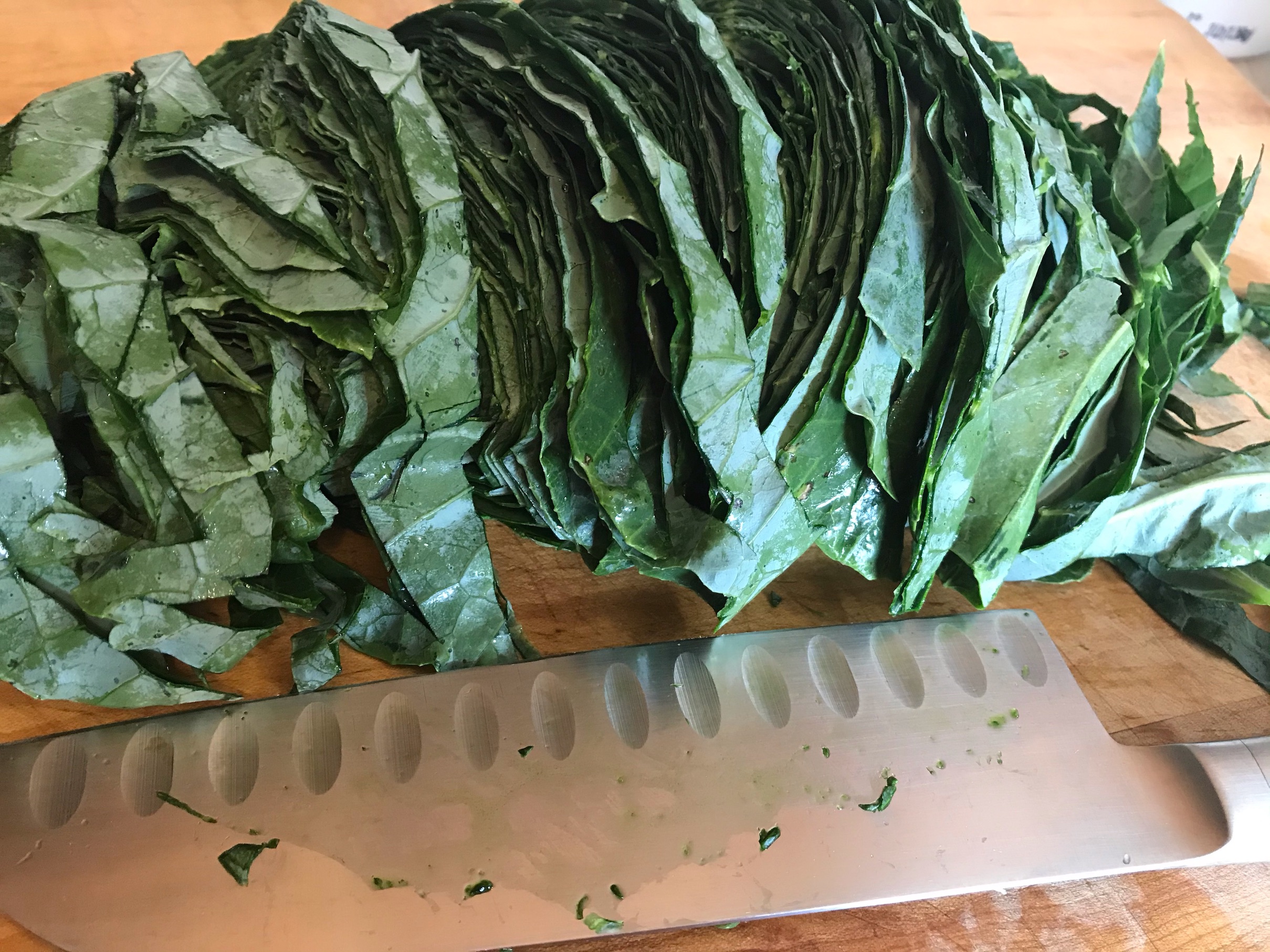
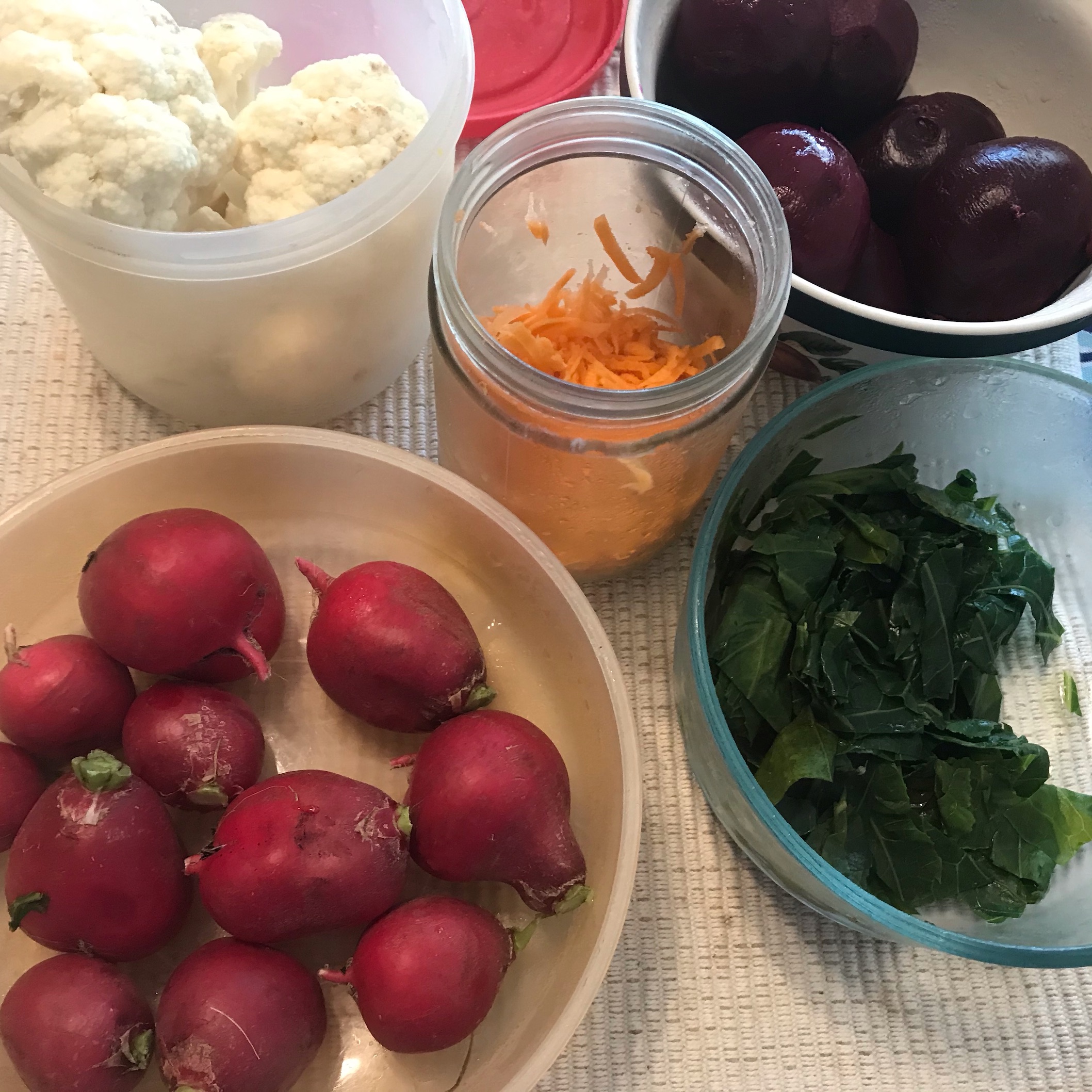
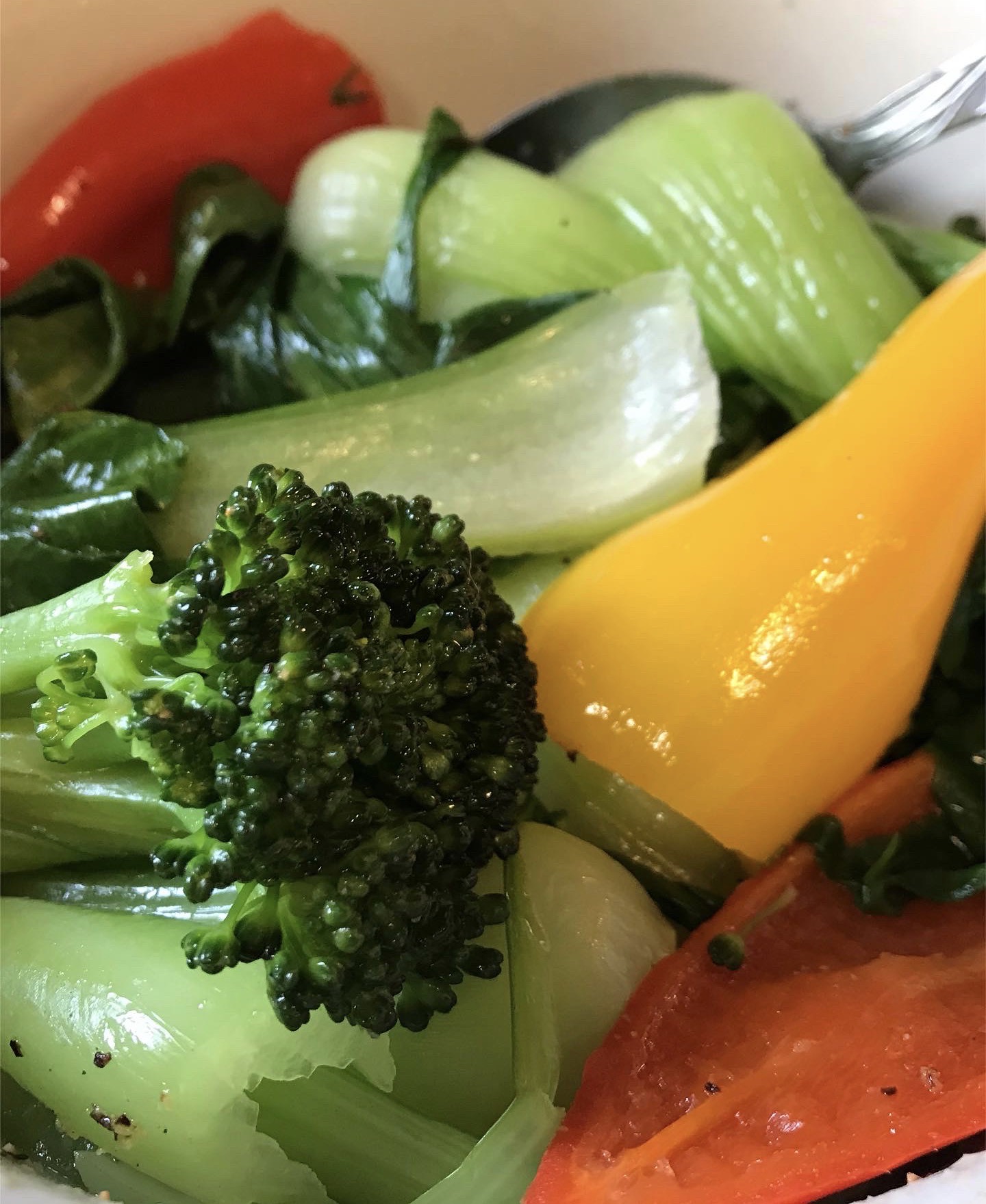
Kitchen Must-Haves For Plant-Based Meal Prep
In addition to having the basics ~ a good chefs knife, paring knife, pots and pans, there are a few other kitchen tools that make prep work much more efficient.
On the top of our short list, I highly recommend investing in a pressure cooker or Insta Pot for cooking beans and whole grains. Beans come out super tender when cooked in a pressure cooker with a 4-5 inch piece of kelp seaweed, especially compared to most canned beans.
We have had our Presto Pressure Cooker for decades. We can attest to its durability, having only had to replace the inner gasket every so often. They are super affordable, especially considering how long they will last when used properly.
Insta Pots cook beans and grains quicker and come in a variety of price ranges, most performing multiple functions, including doubling as a rice cooker, steamer, slow cooker and more.
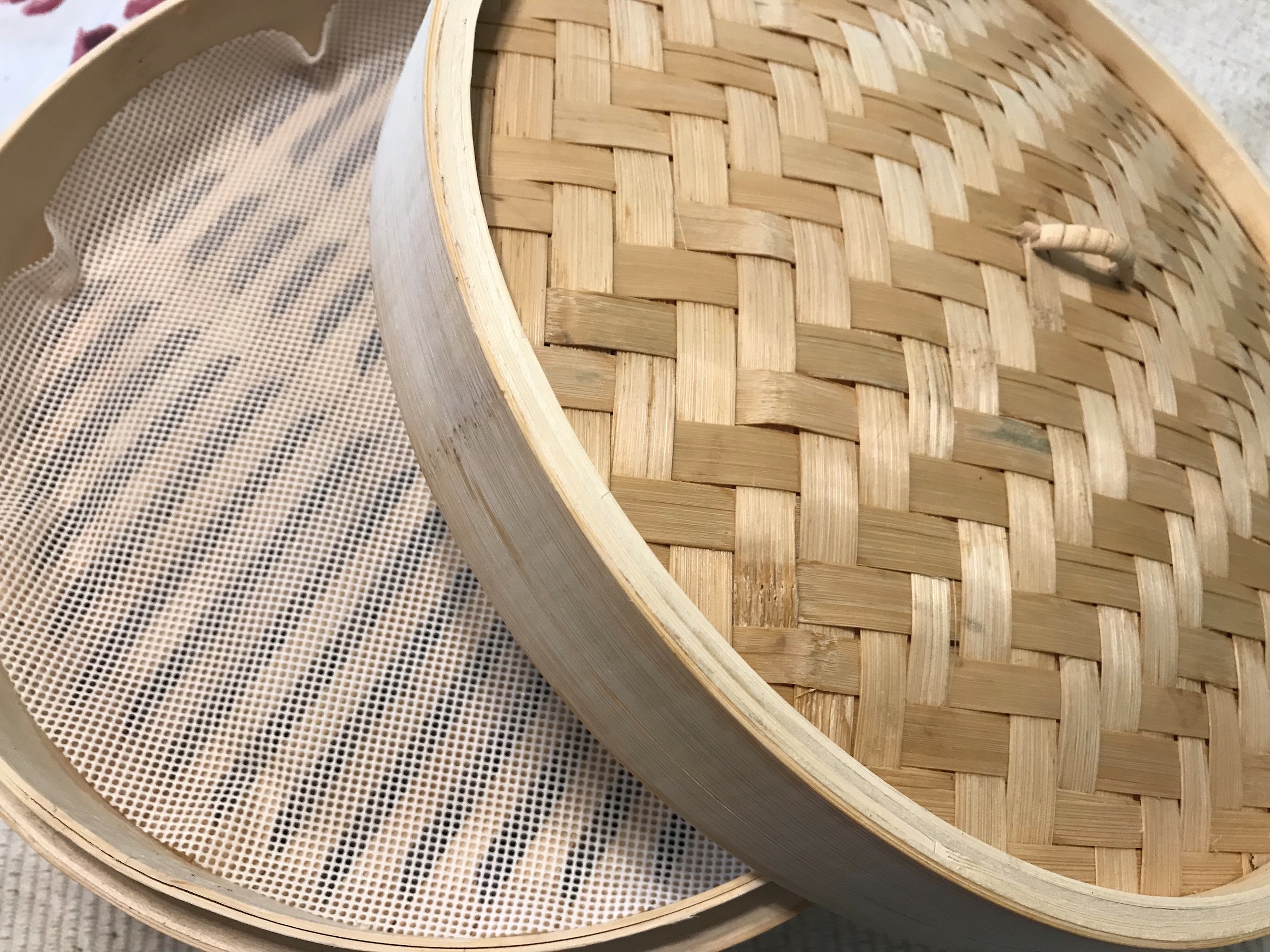
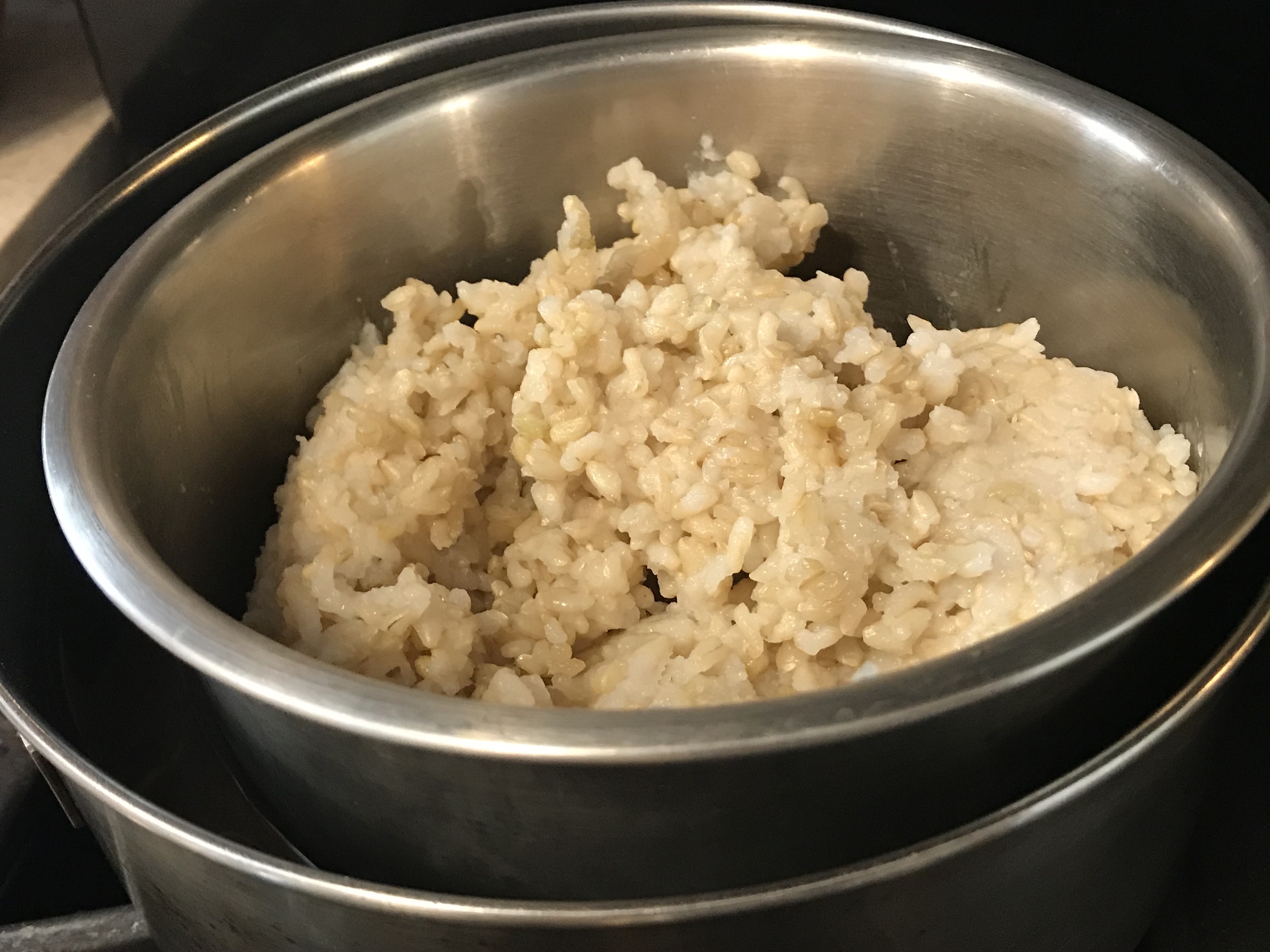
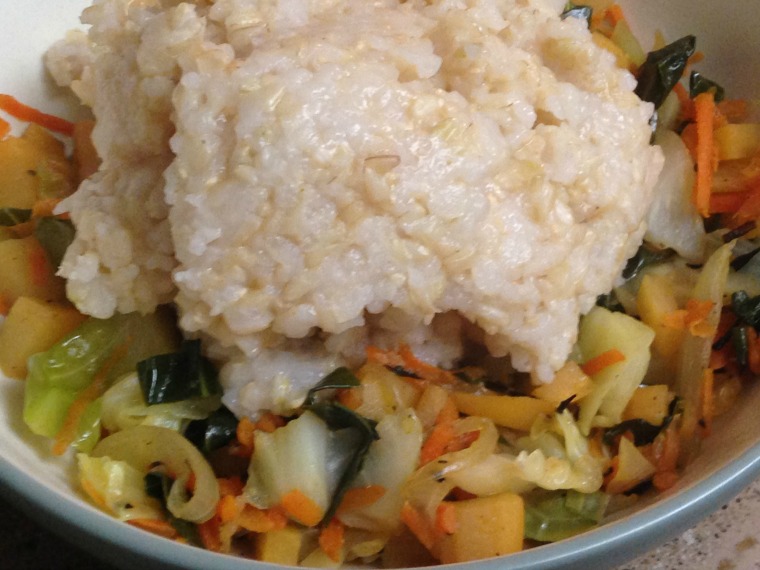
Stainless Steel & Bamboo Steamers
Another must-have kitchen utensil for healthy, plant-based meal prep is a steamer basket.
We have an old basic steamer basket insert like this, however, this newer model steamer basket has a silicon pull out handle, and silicone feet, so it is scratch resistant. The silicon handle will make the entire basket easier to pull out. A good investment for just under $13.00 (as of October, 2022).
We love using a two-tiered bamboo steamer, although ours did not come with the stainless ring adaptor, nor handles, like this one, shown to the left, which I highly recommend knowing how hot the baskets get. The one shown also includes several silicon liners which helps prevent food from sticking, and makes clean up much easier!
Stainless steel steamer pots come in many sizes and shapes, with one or two stackable steamer baskets. Ours is very similar to the one shown on the left.
Bamboo steamers are more affordable, but less durable, long term. We have both, and use both of them quite often, for different purposes. We especially love using the bamboo steamer for Don's homemade sourdough steamed buns, and the stainless steel steamer for multitask meals, re-steaming leftover rice in the bottom pot, steaming corn or vegetables in the baskets, along with any leftover bean dish.
A Few More Helpful Tools for Plant-Based & Macrobiotic Diet Meal Prep
A spider strainer with bamboo handle comes in handy for making QB Greens & Veggies, and straining anything from a pot while cooking. We use ours all the time.
A few strainers for rinsing fruits and vegetables including a few mesh strainers helps with rinsing smaller grains, like millet and quinoa.
The other two items we use ALL the time is a wooden spoon-shaped rice paddle (many to choose from), and sushi mats (some of which come with the rice paddle.) Learn why in the How To Cook Brown Rice section, below.
For my top recommended condiments (for savory cooking, and macrobiotic diets), click here.
What to Prep For Plant-Based Meals
What you include in your plant-based meal prep depends upon the primary staple foods you most often consume. That may vary seasonally, and also depending upon whether you are adhering to a more macrobiotic diet approach, or a basic whole-foods, plant-based / vegan diet.
That said, I suggest focusing on your principal sources of calories (your starches, i.e. whole grains, beans, sweet potatoes, potatoes, winter squash), and supplementary greens and vegetables.
It's a lot more convenient to batch cook when doing any type of plant-based meal prep, especially whole grains and beans which take up to an hour to cook.
We typically cook 3 cups of brown rice at a time, and up to 2 cups of beans. Generally speaking, that quantity of rice will last us for about three days.
Quinoa, bulgur, whole wheat couscous, and smaller whole grain pasta noodles which come in a variety of shapes cook up pretty quickly; they are great for incorporating into salad bowls during the warmer months.
During the summer we also steam up extra ears of local sweet corn in our bamboo steamer while steaming potatoes. Leftover corn can be enjoyed as is, or shucked and added to salads, soups or chili. I freeze the cobs, then add 1-2 at a time to sweeten up soup stocks.
Potatoes can be steamed, sweet potatoes are usually best roasted. During the summer, we steam potatoes in either of our steamer pots.
For both sweet potatoes & potatoes, we use an enamel carbon steel roasting pan lined with parchment paper, and roast as many potatoes or sweet potatoes will fit on the bottom. This makes clean up easier, and prevents any of the sugars from the sweet potatoes from spilling over into your oven. Just scrub, and pierce a few times first, then roast at 375º for 45-50 minutes, or until soft and tender.
Tofu and/or tempeh are also often included in plant-based meal prep. Press 1-2 tubs of tofu at a time, then marinate and bake, fry, or air fry. They are great in rice bowls , salads, vegetable sushi, or on sandwiches, and are especially helpful for lunches to go. Tofu can be wrapped in a clean towel, then placed on a cutting board with another cutting board on top, or anything that can safely hold a weight. I usually place two cast iron skillets on top, one that fits inside the other, turning the handles in opposite directions for balance. Sounds complicated, but it's really easy.
To make pressing tofu even easier, you could invest in a tofu press, like this Tofu Bud which would be my choice.
I find it very helpful to do a little vegetable prep for quick salads, such as grating several carrots, washing and trimming radishes, and peppers, and simmering or roasting several beets. Or, grate up several raw carrots and beets, and make a big batch of Carrot Beet Salad.
We especially make sure to prepare QB Greens & Veggies at least once per week. This is so helpful for being able to have vegetables with our breakfast porridge, and for quick meals when we are home for a brief lunch break.
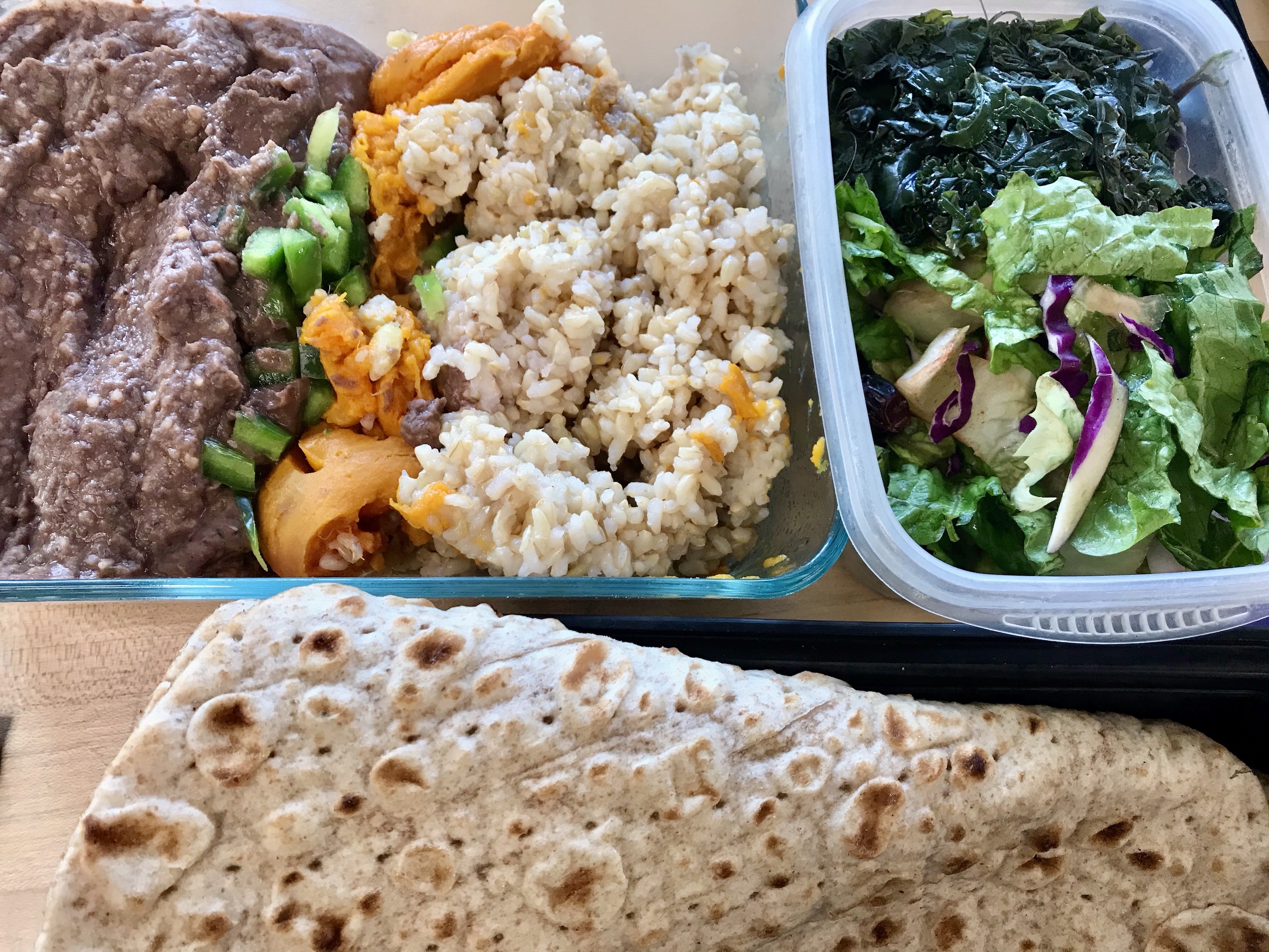
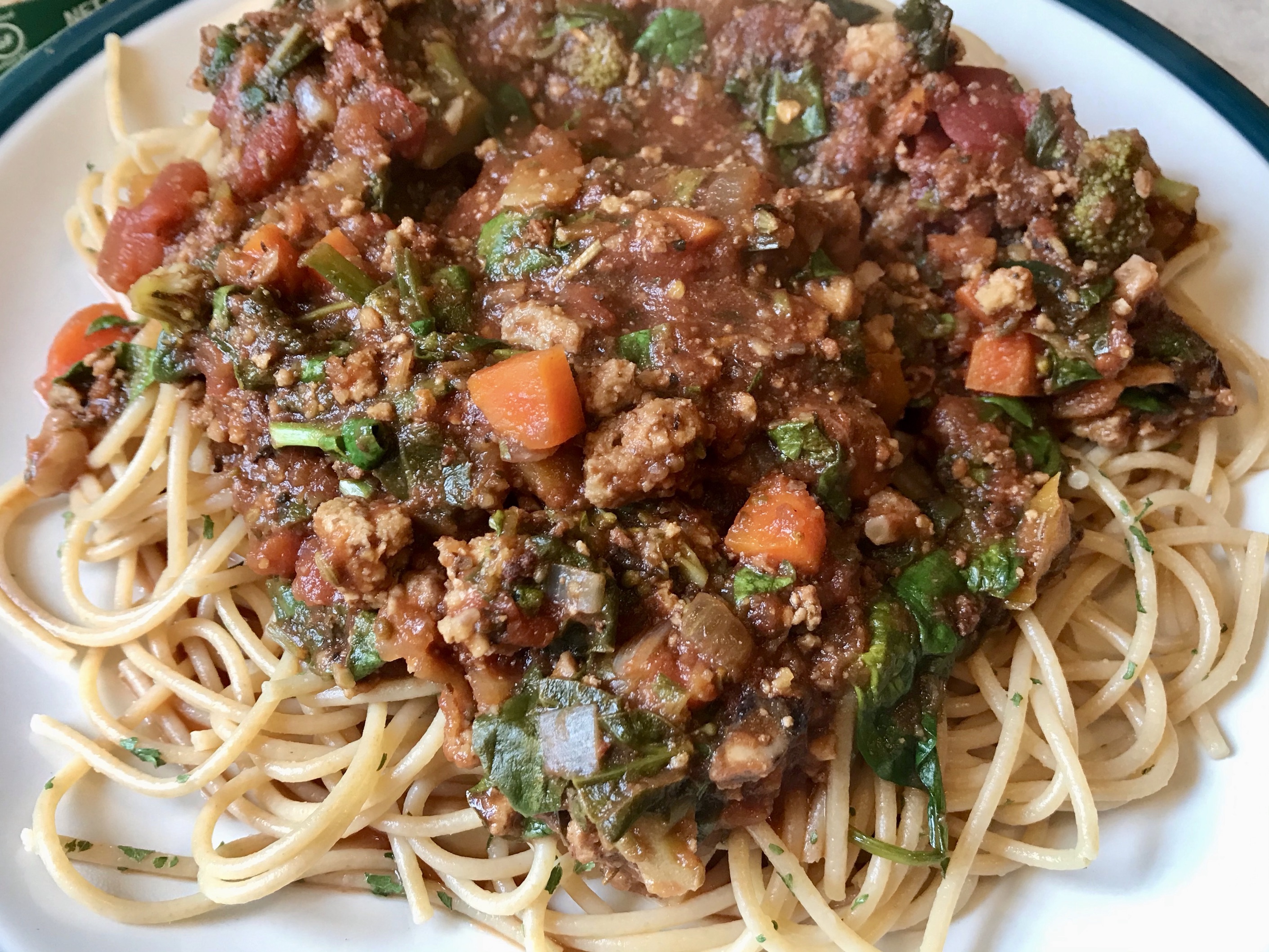
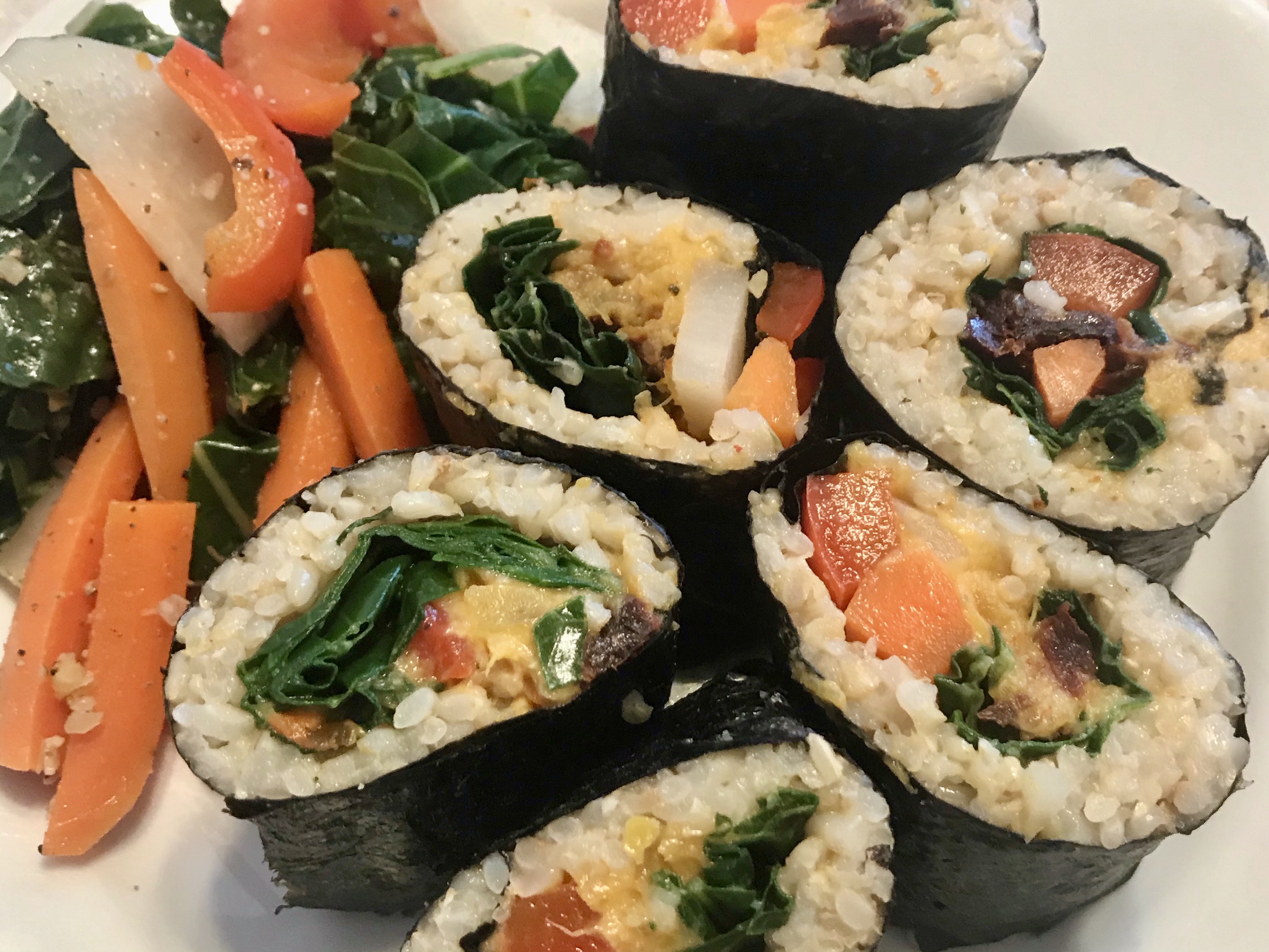
More Plant-Based Meal Prep Suggestions & Tips
When it comes to prepping vegetables, think seasonally!
When beets are abundant, simmer several beet roots in water. Once cooled, the peels slip off easily. Store in an airtight container, and add cut up beets to salads. Alternatively, roast several beets at once. I generally peel and slice them first, so they roast quicker, but they can be roasted whole, then peeled afterwards.
Save the broth from simmering beets to use as a stock when cooking lentils or black beans, or as a broth for sautéed vegetables. Or, heat up a cup to drink like a tea before your morning workout! Beet root juice is being hailed as an excellent pre-workout drink for increased blood flow and stamina.
During the later summer, early fall months, roast up the last of summer's harvest. Roasted peppers, zucchini, eggplant and tomatoes keep well, and taste great tossed with whole grain pasta, or on top of salads!
Pick a time that is most suitable to meal prep, either a weekday or weekend, and prep for the meal prep!
Rinse and soak beans and rice the night before and let them soak overnight.
Prep what you can on shopping day by properly storing food to ensure freshness.
Keep your pantry stocked with shelf-stable primary staples; take time to organize jars of beans and grains so they are easy to find and grab; keep your refrigerator organized as well.
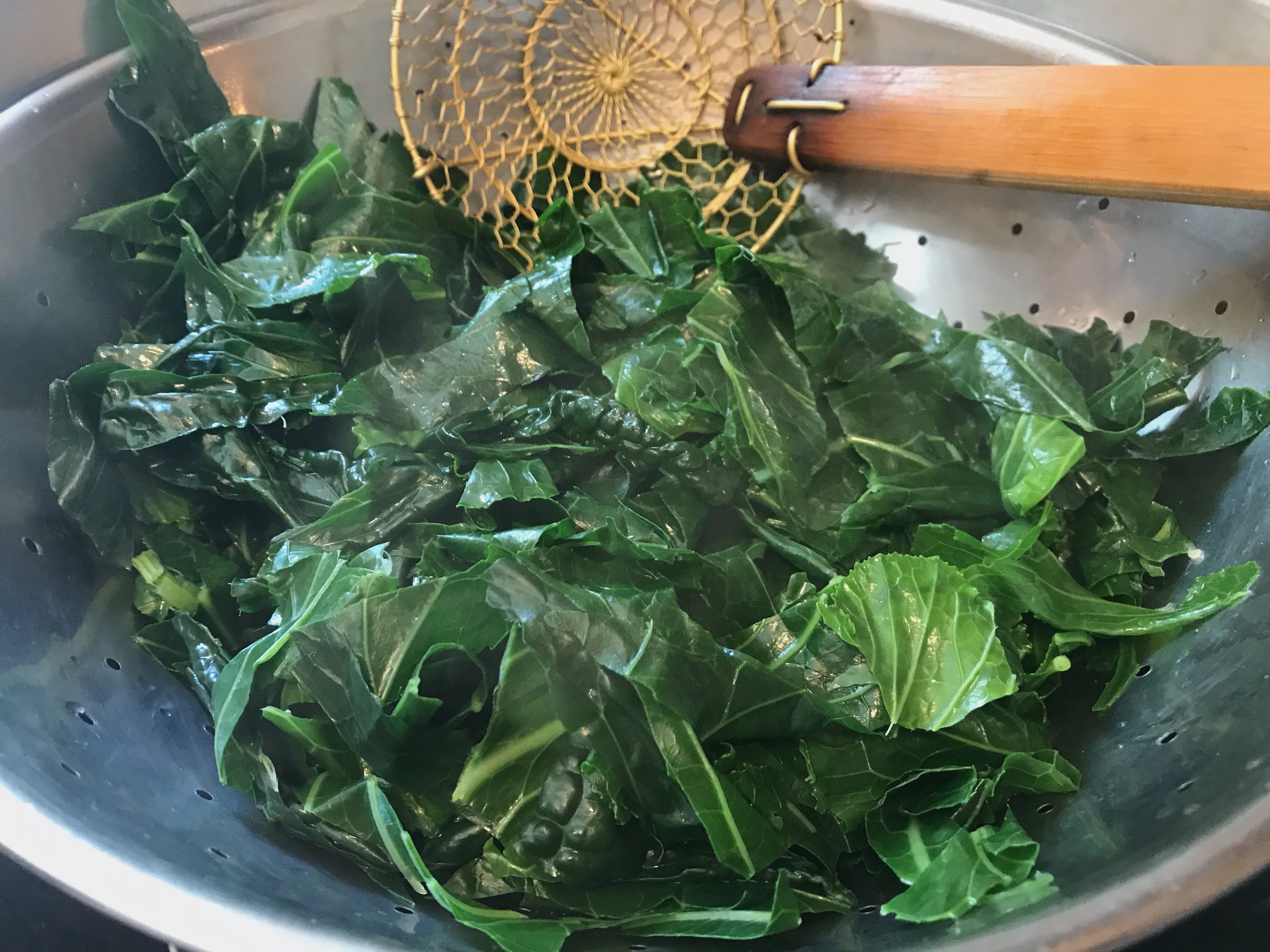
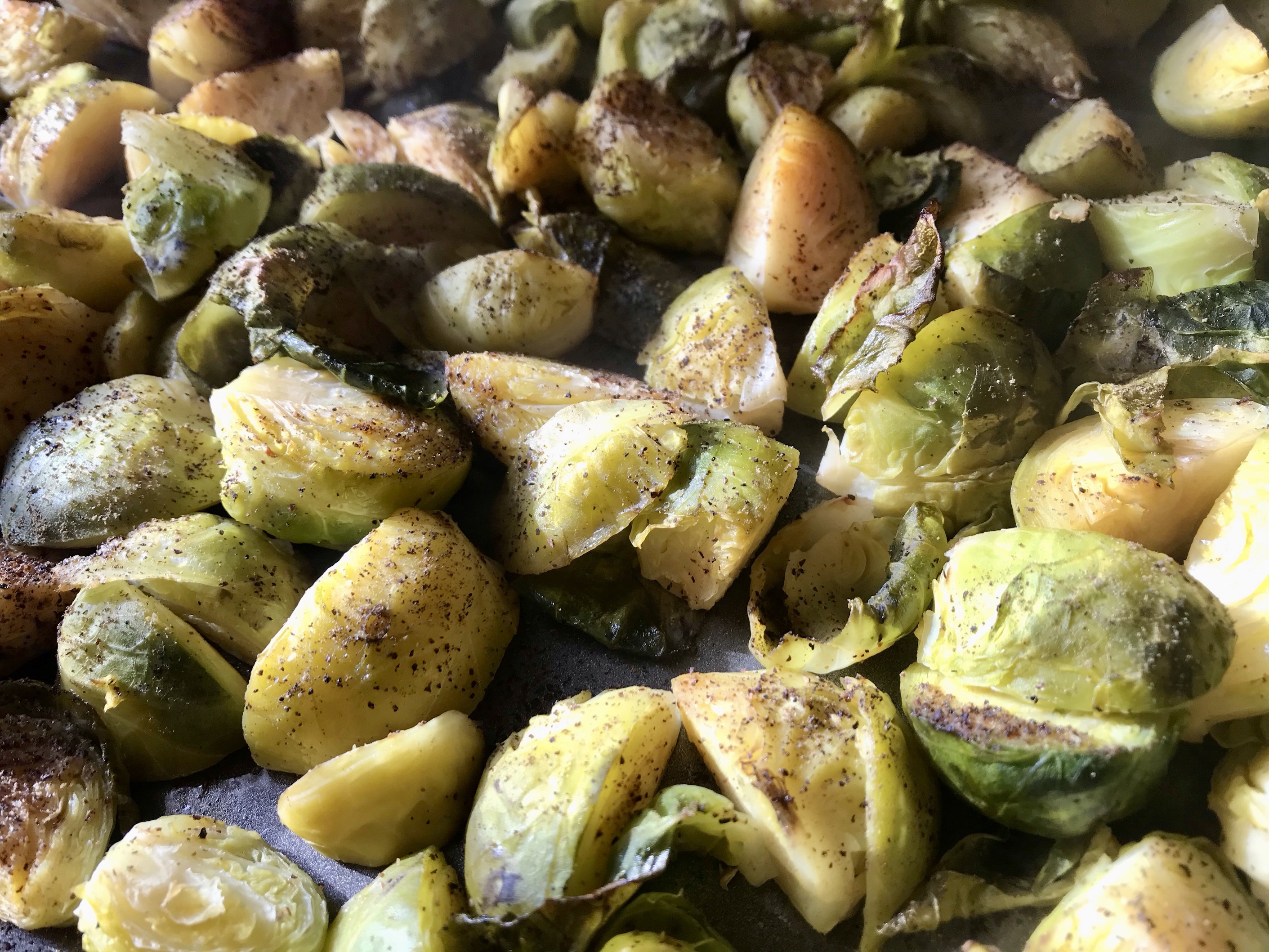
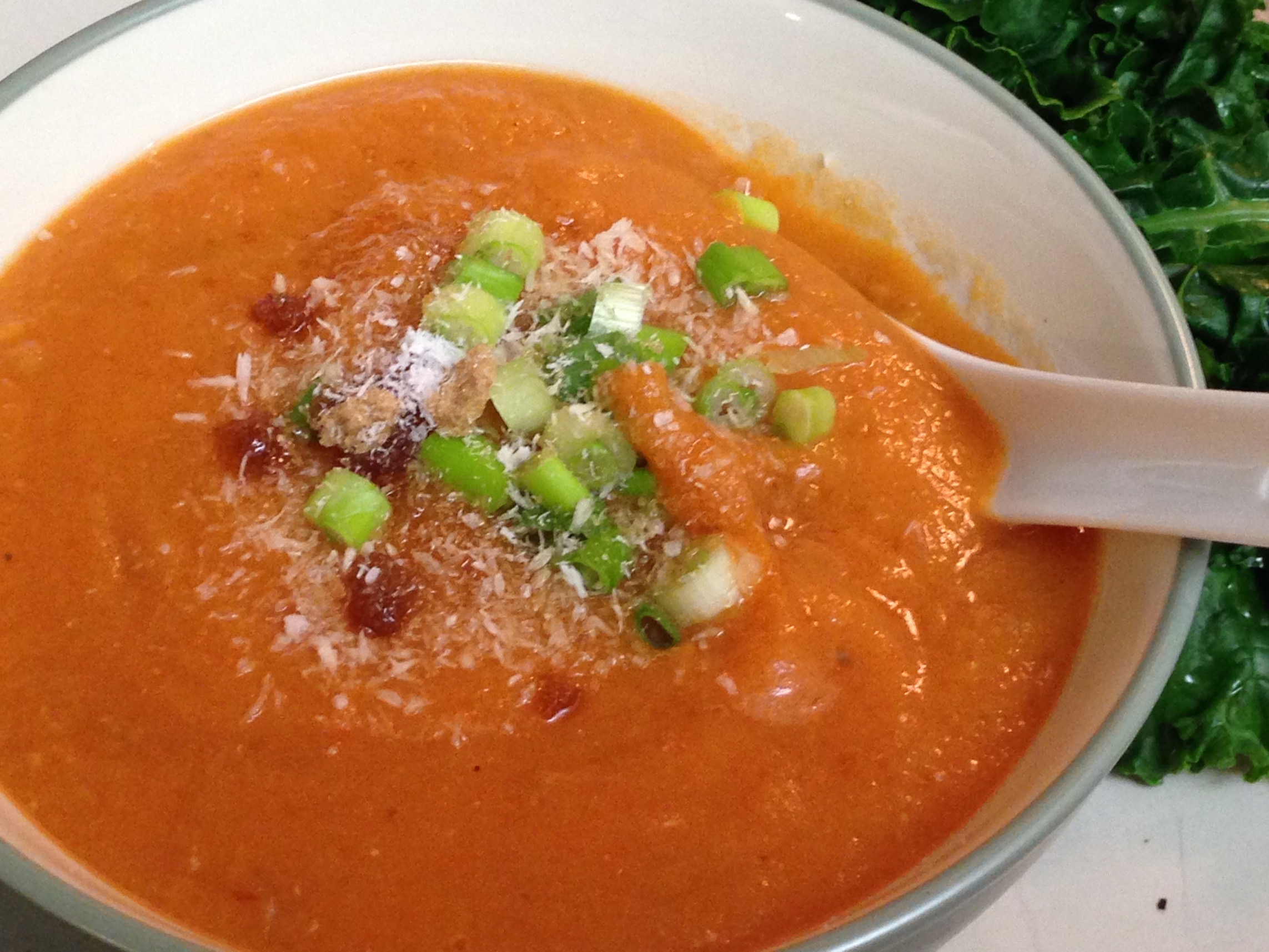
Simple plant-based meal prep can be done throughout the week:
- Chop extra onion or other vegetables you may need for recipes/meals in the next few days
- Prep what I used to call 'A Salad Bar In A Jar' by shredding carrots, cabbage, beets, or zucchini; slicing scallions, chopping up fresh herbs ~ or your favorite vegetables ~ and store in jars in the fridge for fast salads or stir fries
- Whenever I bring home scallions, I slice the entire bunch up at once so I can add them as a garnish to miso or other soups, brown rice, or to add to salads
- Clean and cut up celery, carrot, red pepper, or jicama for veggie crudités to munch on when hunger strikes
- Cook a big pot of Spaghetti Marinara, Chili, or Bean Soup, and freeze half ~ or make a double batch of your favorite main entrées to have leftovers available for easy meals when you lack time or energy to cook
- Don't forget ~ if making pasta ~ especially smaller noodles ~ cook the entire box, and add leftover noodles to soups, or make a Pasta Salad ~ a great lunch to-go!
Whether chopping extra onion, slicing scallions, peeling and cutting up melon, or prepping any other fruits or vegetables, be sure to pack them well, them use them up while fresh!
>>Best Brown Rice ~ Cooking, Storing, Reheating, ReUsing Leftover Brown Rice (Porridge, Sushi, Brown Rice Balls)
>>>You may enjoy articles about Macrobiotics, and my macrobiotic diet weight loss on my blog
